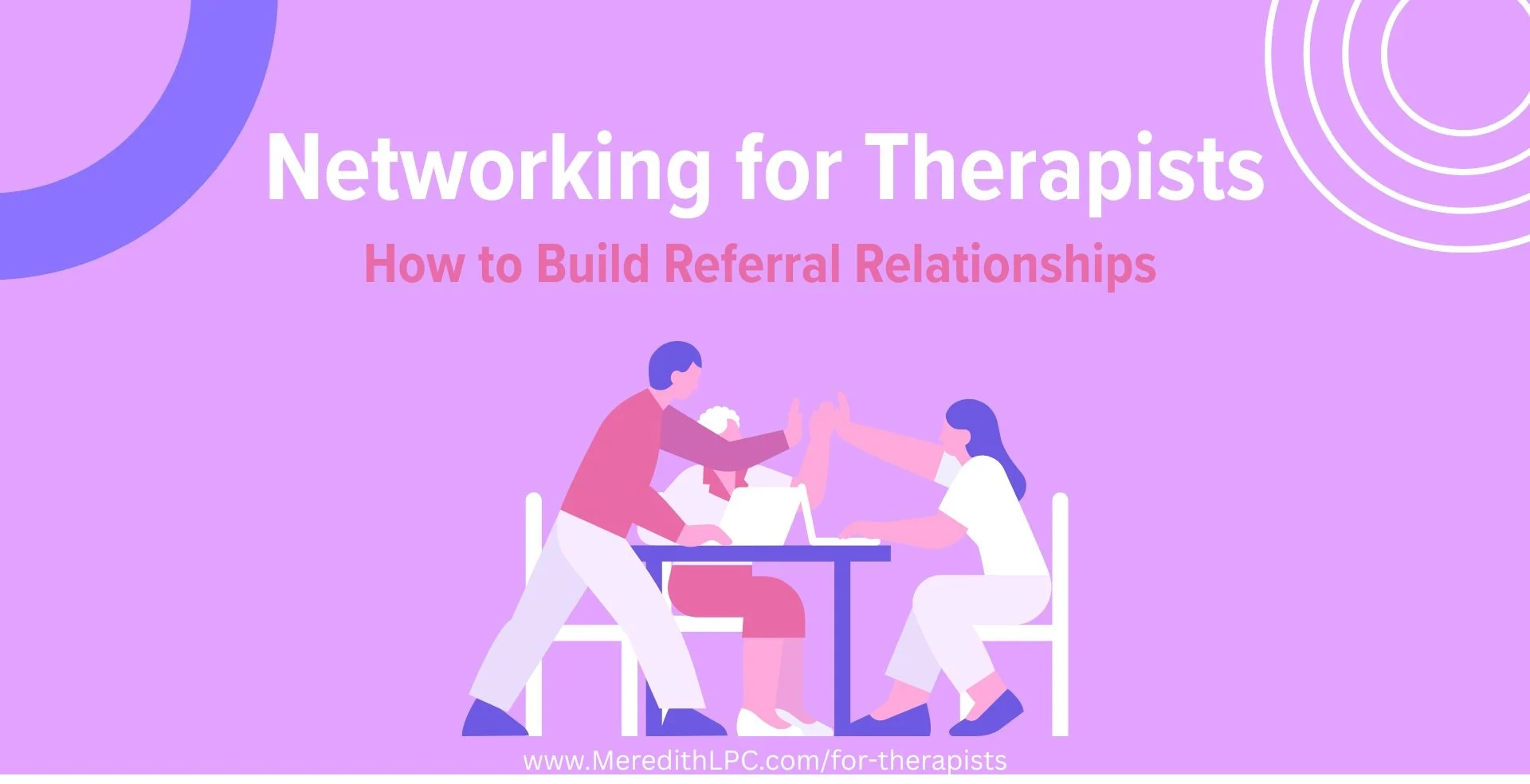Common Mistakes Therapists Make with Telehealth (and How to Avoid Them)
Telehealth is here to stay—and for good reason. Clients appreciate the flexibility, accessibility, and comfort of meeting from their own space. Many therapists also enjoy the convenience of remote work (I know I do—my private practice is fully remote, and I wouldn’t have it any other way).
But while telehealth offers incredible benefits, it also comes with unique challenges. Over the years, I’ve noticed that even the most experienced therapists can make simple mistakes that impact the quality of their sessions and the client’s overall experience. The good news? Every single one of these pitfalls is avoidable with the right systems, preparation, and awareness.
Let’s walk through the most common telehealth mistakes—and how to steer clear of them.
1. Treating Telehealth Like an Afterthought
Some therapists view telehealth as a temporary or “lesser” option compared to in-person sessions. This mindset often shows in their setup and approach—clients can sense when a therapist hasn’t fully invested in creating a professional, engaging virtual experience.
How to avoid it:
Commit to treating telehealth as a core service, not a backup.
Create a dedicated, private workspace with professional lighting, sound, and background.
Use a reliable HIPAA-compliant platform and keep it updated.
2. Poor Audio and Video Quality
Few things are more frustrating for a client than glitchy sound or grainy video. If your technology is unreliable, clients may feel disconnected or even doubt the quality of care they’re receiving.
How to avoid it:
Invest in a high-quality webcam and microphone (or a good headset).
Test your equipment weekly and have a backup plan (e.g., phone session) if tech issues arise.
Make sure your internet connection is strong—hardwiring into your router can help.
3. Distracting or Unprofessional Backgrounds
I’ve heard more client complaints than I’d like about therapists holding sessions in messy rooms, public spaces, or even while driving. These environments can feel unprofessional, unsafe, and disrespectful of the therapeutic space.
How to avoid it:
Choose a clean, neutral background (solid walls, plants, or bookshelves work well).
Avoid public spaces entirely—confidentiality is non-negotiable.
Silence notifications and minimize interruptions.
4. Forgetting About Lighting
Lighting isn’t just a “video call” issue—it’s about connection. If your face is in shadow or your camera is backlit, clients miss important nonverbal cues.
How to avoid it:
Face a natural light source when possible.
If natural light isn’t an option, use a ring light or softbox positioned in front of you.
Avoid sitting with a bright window directly behind you.
5. Neglecting Boundaries in the Virtual Space
Some therapists unintentionally blur boundaries—allowing sessions to start late, letting clients text during session time, or responding to after-hours messages in the same way they would during business hours. Over time, this can create confusion and resentment on both sides.
How to avoid it:
Set clear telehealth policies from the start (cancellation, late arrivals, tech issues).
Maintain the same level of professionalism and boundaries you would in person.
Model healthy tech boundaries—no multitasking during sessions.
6. Underestimating Client Tech Readiness
Not all clients are comfortable with technology. If you don’t prepare them, you risk wasting valuable session time troubleshooting.
How to avoid it:
Send clear instructions before the first session.
Offer a quick tech check with new clients if needed.
Keep backup options (phone, alternative platform) on hand.
7. Ignoring Therapist Self-Care in a Remote Setting
When your commute is just a few steps, it’s easy to overbook, skip breaks, and forget to transition between sessions. This can lead to burnout faster than you think.
How to avoid it:
Schedule buffer time between sessions to stretch, hydrate, and reset.
Use the time you save commuting for intentional self-care.
Pay attention to your own screen fatigue and adjust your schedule accordingly.
Final Thoughts
Telehealth is not “just” therapy over video—it’s its own modality, with its own skill set. By avoiding these common mistakes, you can create a seamless, professional, and deeply effective virtual therapy experience for your clients.
If you’re looking to strengthen your telehealth practice, I offer 1:1 consultations for therapists who want to elevate their virtual sessions, improve their systems, and feel confident delivering exceptional care online.
More Articles: Is It Time to Go Fully Remote? What to Know Before Giving Up Your In-Person Office
How to Create a Professional Telehealth Setup at Home Without Breaking the Bank
The Best Productivity Tools for Private Practice Therapists (That Actually Make Your Life Easier)
10 Simple Ways to Make Your Private Practice More Environmentally Sustainable
The Biggest Mistakes Therapists Make When Starting a Private Practice (and How to Avoid Them!)


